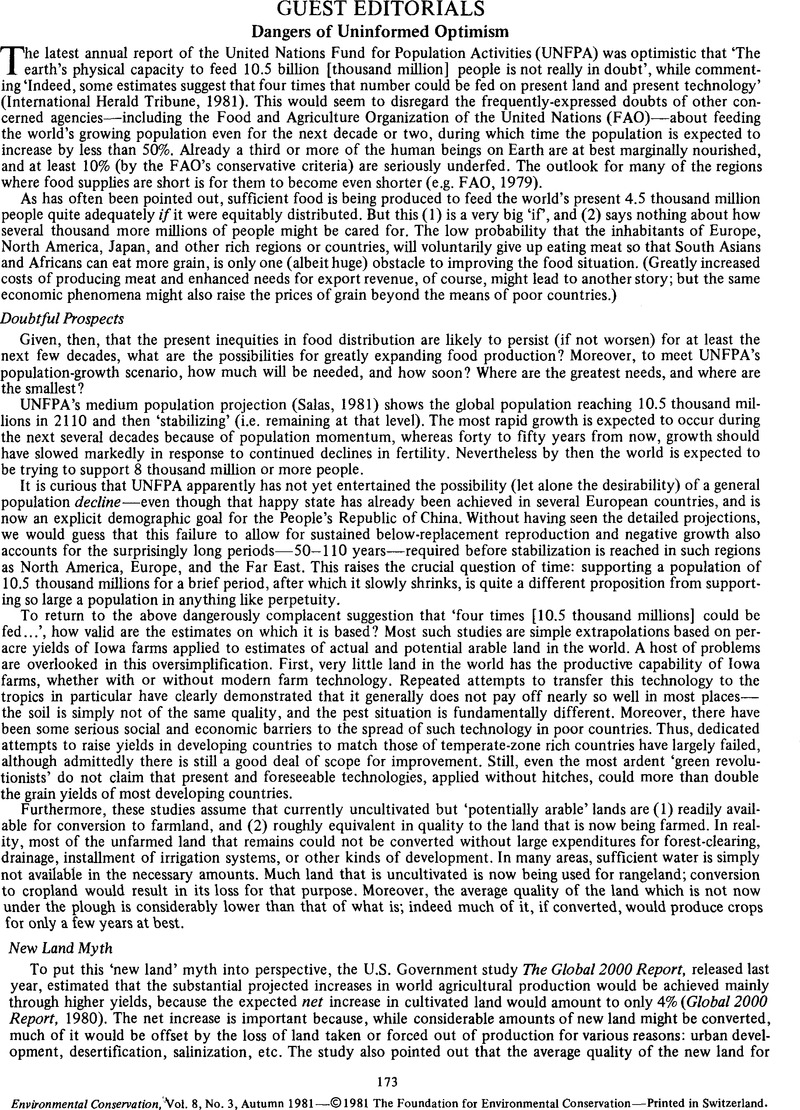Crossref Citations
This article has been cited by the following publications. This list is generated based on data provided by Crossref.
Kovda, Victor A.
1982.
To Prevent Aridization, Combat Salinity.
Environmental Conservation,
Vol. 9,
Issue. 4,
p.
323.
Moustakas, Aristides
and
Karakassis, Ioannis
2005.
How Diverse is Aquatic Biodiversity Research?.
Aquatic Ecology,
Vol. 39,
Issue. 3,
p.
367.
Aronson, James
Blignaut, James N.
Milton, Suzanne J.
Le Maitre, David
Esler, Karen J.
Limouzin, Amandine
Fontaine, Christelle
de Wit, Martin P.
Mugido, Worship
Prinsloo, Philip
van der Elst, Leandri
and
Lederer, Ned
2010.
Are Socioeconomic Benefits of Restoration Adequately Quantified? A Meta-analysis of Recent Papers (2000-2008) inRestoration Ecologyand 12 Other Scientific Journals.
Restoration Ecology,
Vol. 18,
Issue. 2,
p.
143.
Monehin, Daniel
and
Diers-Lawson, Audra
2022.
Pragmatic optimism, crisis leadership, and contingency theory: A view from the C-suite.
Public Relations Review,
Vol. 48,
Issue. 4,
p.
102224.


